NASA Says “Black Soot Can Make Tibet's Glaciers To Disappear”
"At this rate, the glacier could disappear entirely over the next few decades," said the scientist, who heads a team of scientists who have been studying Yulong Mountain since 1999 for the Cold and Arid Regions Environmental and Engineering Research Institute, a government-run think tank.
Melting waters from the Tibetan Plateau's glaciers feed many of Asia's longest rivers, including the Yangtze, Mekong and Ganges, which provide water to more than 1 billion people."There are so many cracks in the ice that it could become hazardous soon for us to continue our work on the mountain," said scientist Du Jiankuo, who is part of the team working at Yulong.

Yao Tandong, one of China's leading glaciologists, warned last year in the journal Nature that two-thirds of the country's glaciers might be gone by 2050, and has said that "the full-scale glacier shrinkage in the plateau regions will ultimately lead to an ecological catastrophe."

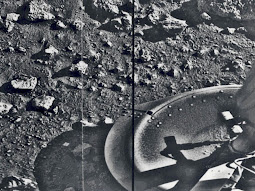
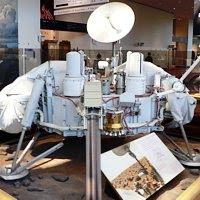


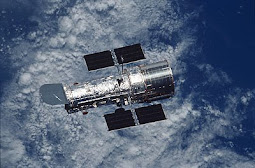
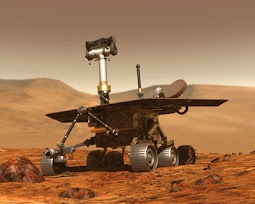
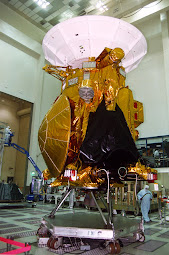


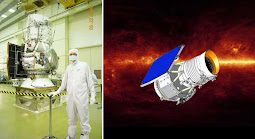
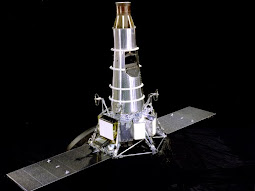




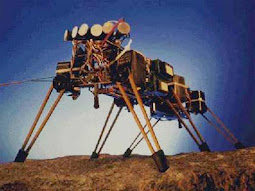
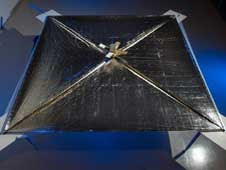
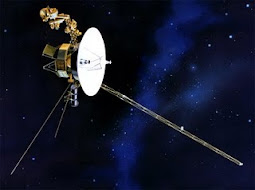

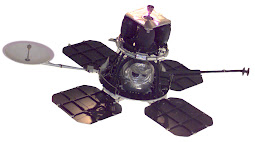
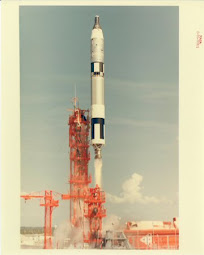
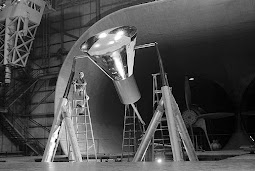
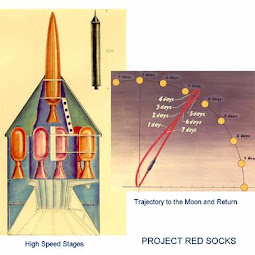
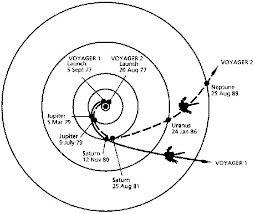

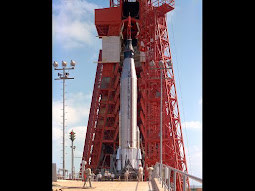

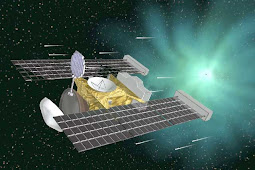

0 comments:
Post a Comment